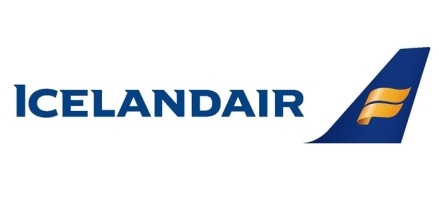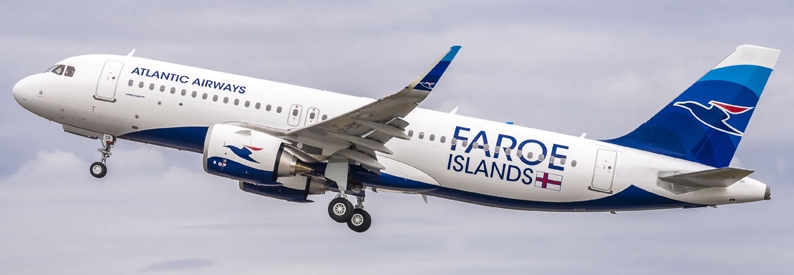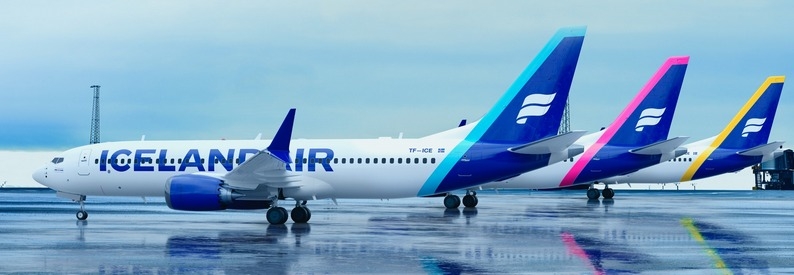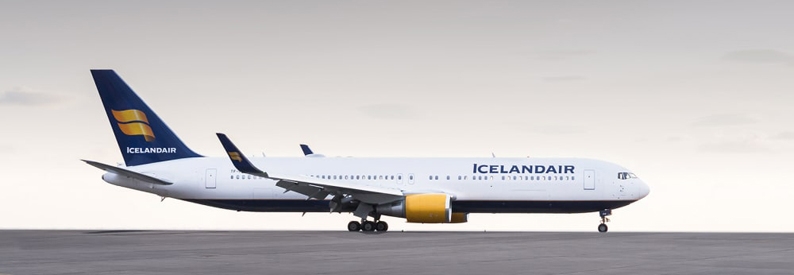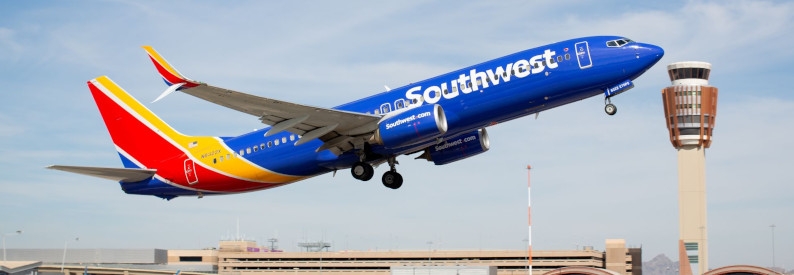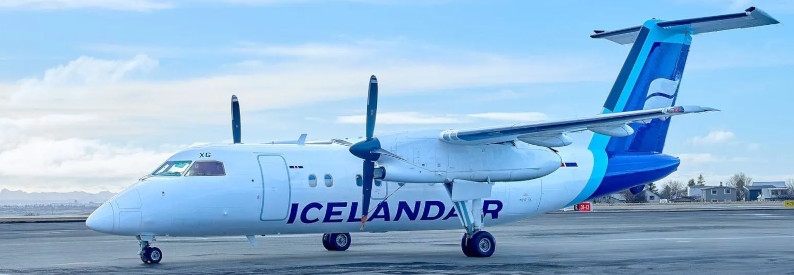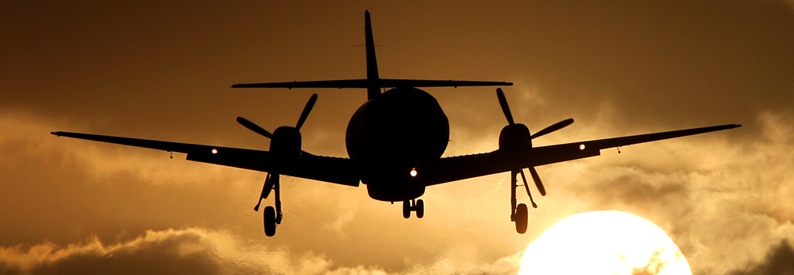Icelandair (FI, Reykjavik Keflavik) is considering several scenarios as it searches for a long-term solution to replace its ageing B757 equipment, among them the acquisition of A321-200NX(LR)s, CEO Bogi Nils Bogason has told Simple Flying.
The extended-range A321-200N variant is “a very good replacement candidate” that the Icelandic flag carrier is comprehensively reviewing, he said.
According to the ch-aviation Commercial Aviation Aircraft Data module, Icelandair currently operates fifteen B757-200s, which have an average age of 23.6 years, and two B757-300s with an average age of 19.9 years, plus one 30.8-year-old B757-200(PCF) and one 31.5-year-old B757-200(PF).
“We have had our long-term fleet strategy under review since 2019, analysing which aircraft would be the most suitable replacement for the B757 within the 2025-2027 timeframe. We already see opportunities for our network with aircraft types that can replace it going forward and we have been reviewing a few different scenarios for our future fleet,” Bogason said.
“Although we have put this project on hold during the Covid period, we will resume this work now in 2021 and continue our dialogues with aircraft manufacturers and lessors that we had already started before Covid,” he elaborated.
“We definitely see opportunities for our fleet and network with the development of new, more efficient aircraft that can replace the 757 and will suit our network quite well. Currently, the Airbus A321neo(LR), for example, seems to be a very good replacement candidate for the 757 and is one of the options that we have been analysing thoroughly.”
Icelandair has been operating the cargo variant of the B757 since April 1990 and its passenger versions since April 1999.
Airbus launched production on the A321neo(LR) in January 2015 and Arkia Israeli Airlines took delivery of the first one in November 2018. It has a range of 4,000 nautical miles (7,400 kilometres), while the A321-200NY(XLR) adds a further 700 nautical miles (1,300 kilometres). The B757-200, which was FAA-certified in December 1982, has only a slightly shorter range of 3,915 nautical miles (7,250 kilometres).
- Type
- Base
- Aircraft
- Destinations
- Routes
- Daily Flights
